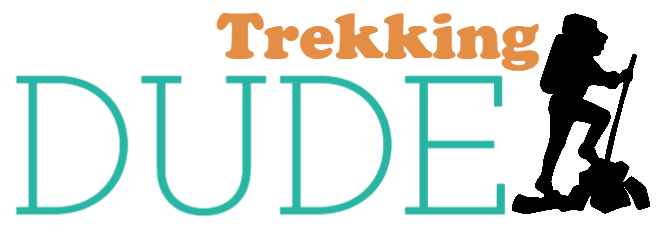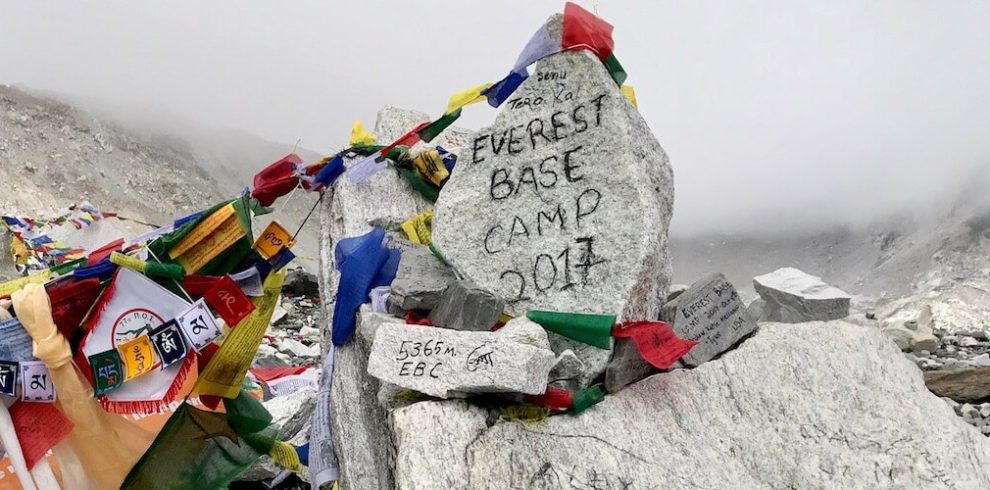Overview
The Upper Mustang trek is an extraordinary journey that takes you into the heart of the ancient Kingdom of Lo, also known as Mustang, in the remote north-central region of Nepal. This trek offers a glimpse into a world of ancient traditions, breathtaking landscapes, and unique Tibetan culture that has remained relatively untouched by modernization.
Highlights
- Ancient Kingdom of Lo
- Upper Mustang has a strong Tibetan cultural influence, and you'll get a chance to immerse yourself in the unique traditions and customs of the local people.
- Lo Manthang Festival (Tiji Festival) : This three-day annual festival is a vibrant display of masked dances, music, and rituals performed by monks to celebrate the triumph of good over evil
- Upper Mustang is home to ancient cave dwellings that date back to prehistoric times.
- Kagbeni Village
- Lo Gekar Monastery
- Crossing the Lo La Pass at an altitude of around 3,810 meters (12,500 feet) is an achievement on the trek.
- Remote and Off-the-Beaten-Path Experience
Itinerary
Arrive in Kathmandu, the capital city of Nepal. Meet your trekking guide and get briefed about the trek.
Take a scenic flight or drive to Pokhara, a beautiful lakeside city and the gateway to the Annapurna region.
Fly to Jomsom, a town in the Mustang region. Begin trekking towards Kagbeni, a picturesque village situated at the confluence of the Kali Gandaki and Jhong Rivers.
Enter the restricted area of Upper Mustang and trek to Chele, passing through scenic landscapes and unique rock formations.
Trek to Syangboche, where you'll be rewarded with beautiful views of the Nilgiri and other surrounding peaks.
Continue trekking to Ghami, passing through small villages and ancient monasteries along the way.
Trek to Tsarang, a historic village with a stunning Gompa (monastery) and scenic landscapes.
Reach Lo Manthang, the ancient capital of Mustang, and explore its monasteries, palaces, and unique architecture.
Spend a day exploring Lo Manthang and its cultural treasures, or take a short hike to nearby viewpoints.
Begin your return journey and trek to Dhakmar, passing through beautiful landscapes and caves.
Continue trekking to Ghiling, a village with an ancient Gompa and rich cultural heritage.
Trek back to Chhuksang, passing through settlements and enjoying the unique Mustangi scenery.
Final day of trekking as you make your way back to Jomsom.
Fly back to Pokhara and then take a connecting flight to Kathmandu. This marks the end of the Upper Mustang trek.
Cost
The Cost Includes
- Pick-up or Drop-off service from and to Airport(in our own vehicle)
- Transportation to and from!!
- Food all along the trip(Breakfast, Lunch, Dinner and a cup of coffee or tea) and accommodations during the trip in hotels with family environment
- Transportation, food, accommodation and insurance of Guide during the trip
- Down jacket, all-season sleeping bag, duffel bag and trekking map(in case if you don’t have your own. Down jacket, sleeping bag and duffel bag must be returned after completion of the trip)
- First Aid Medical Kit(Your guide will carry the Medical Kit but we also advise to bring yourself for your own use, as far as possible)
- All the required permits and paperwork
The Cost Excludes
- International Airfare
- Visa Charges
- Hotel Expenses(In Kathmandu, some packages do include hotel expenses)
- Your travel and medical insurance
- Personal Expenses such as shopping, bar bills, hot shower, telephone, laundry, titbits etc
- Food and accommodations in Kathmandu
- Services not mentioned or not promised by the agent/agency
- Emergency expenses such as expenses on chartered helicopter.
FAQs
The Upper Mustang trek is considered a moderate trek in terms of difficulty. While the trail is not as physically demanding as some high-altitude treks, it does involve long hours of walking each day. Some parts of the trail can be steep and rocky, and the altitude may pose a challenge for some trekkers. Previous trekking experience and a reasonable level of fitness are recommended.
Yes, a special trekking permit is required for the Upper Mustang region, as it is a restricted area. Trekkers need both the Annapurna Conservation Area Permit (ACAP) and the Upper Mustang Restricted Area Permit (RAP). The RAP can only be obtained through authorized trekking agencies in Nepal, and trekkers are required to be in a group with a licensed guide.
The maximum altitude reached during the Upper Mustang trek is around 3,810 meters (12,500 feet) at the Lo La Pass. While the trek involves some high-altitude sections, it is not as challenging in terms of altitude compared to other treks in Nepal.
The best time to trek in the Upper Mustang region is during the spring (March to May) and autumn (September to November) seasons. These months offer stable weather conditions with clear skies, making for a more enjoyable trekking experience. During the monsoon season (June to August), the region receives heavy rainfall, and the trails can be muddy and slippery.
The typical duration of the Upper Mustang trek is around 12 to 17 days, including both the trekking days and travel to and from Kathmandu. The actual duration may vary depending on the itinerary chosen and the pace of the trekking group.
Accommodation along the Upper Mustang trek is basic but comfortable. There are teahouses and lodges available in most of the villages along the trail. The facilities may not be as luxurious as in more popular trekking regions, but they provide essential amenities like food and shelter.
Yes, the Upper Mustang region is culturally significant due to its strong Tibetan influence and rich history. The region was once an independent kingdom, and the traditions and customs of the local people reflect this unique heritage. Exploring ancient monasteries, witnessing traditional festivals, and interacting with locals provide valuable cultural insights.
Packing essentials for the Upper Mustang trek include comfortable trekking clothing, sturdy hiking boots, a down jacket, a warm sleeping bag, a good quality backpack, a water bottle, and other personal items like sunscreen, sunglasses, and a hat
There are no official age restrictions for the Upper Mustang trek. However, due to the moderate level of difficulty and the remote nature of the trek, it is generally not recommended for very young children or elderly individuals unless they have prior trekking experience and are physically fit.





